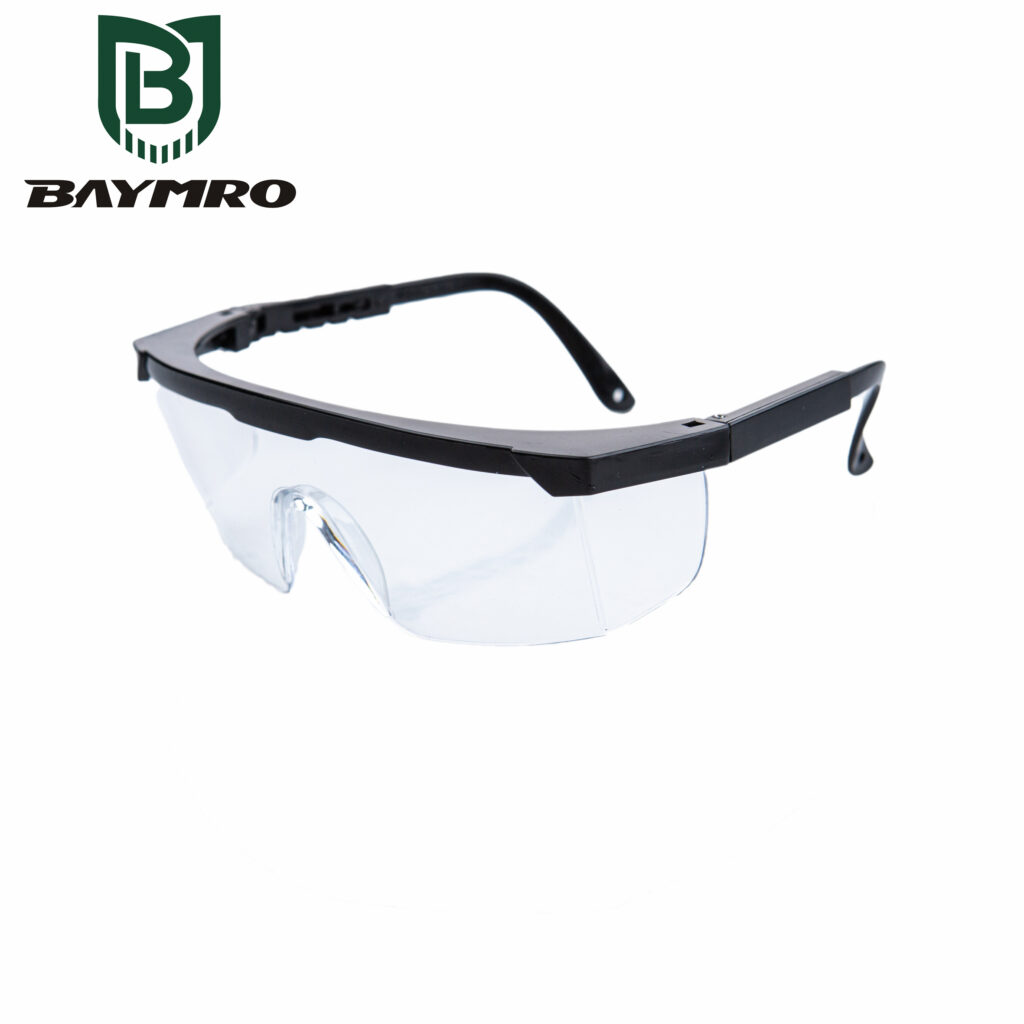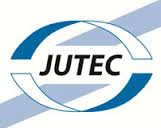Ultraviolet (UV) radiation is a potent threat to our eyes, and prolonged exposure can lead to various eye conditions and even blindness. To safeguard against such risks, European Standard EN 170:2002 was developed. This standard sets forth the requirements and guidelines for ultraviolet filters used in personal eye protection. In this article, we’ll delve into the key aspects of EN 170:2002.

1. Purpose of EN 170:2002
EN 170:2002 primarily focuses on ultraviolet filters and their transmittance requirements. These filters are designed to protect the eyes from harmful UV radiation, which can originate from various sources, including the sun and certain industrial processes. The standard establishes standards for the performance of these filters and provides guidance on their use.
2. Transmittance Requirements
The standard specifies both scale numbers and transmittance requirements for ultraviolet filters. Transmittance refers to the amount of UV radiation that can pass through the filter. By setting clear requirements, EN 170 ensures that these filters provide effective protection against harmful UV rays.
3. Compatibility with EN 166
EN 166 is another European standard that addresses personal eye protection, covering a wide range of eye protection equipment. EN 170 complements EN 166 by focusing specifically on the requirements for ultraviolet filters. The frames and mountings to which these filters are affixed must comply with the applicable requirements in EN 166. This ensures that the complete eye protection apparatus is safe and reliable.
4. Selection and Use Guidance
Annex B of EN 170:2002 provides valuable guidance on the selection and use of ultraviolet filters. It assists users in choosing the right filter for their specific applications and highlights best practices for their proper utilization. This guidance enhances user safety and the effectiveness of the protective filters.
5. Limitations
It’s important to note that the protective filters discussed in EN 170 are not suitable for direct viewing of intense sources of bright light, such as Xenon high-pressure arc lamps. Additionally, they are not intended for direct or indirect observation of an electric welding arc. These situations require specialized eye protection equipment designed to handle extremely high-intensity light sources.
6. Marking and Numbering
EN 170 references the numbering table for filters and provides guidelines for marking oculars (lenses) and frames of eye protection equipment. Proper marking helps users identify the level of protection and ensures compliance with the standard.
In conclusion, EN 170:2002 is a vital European standard that addresses the protection of the eyes from harmful ultraviolet radiation. It sets out clear requirements for ultraviolet filters and offers guidance on their selection and use. By adhering to EN 170, individuals and employers can ensure that their eye protection equipment provides adequate defense against UV radiation, helping to safeguard eye health in various settings.
 3M
3M Ansell
Ansell Dellta Plus
Dellta Plus Drager
Drager edelrid
edelrid Honeywell
Honeywell JUTEC
JUTEC lakeland
lakeland MSA
MSA New Pig
New Pig Weldas
Weldas